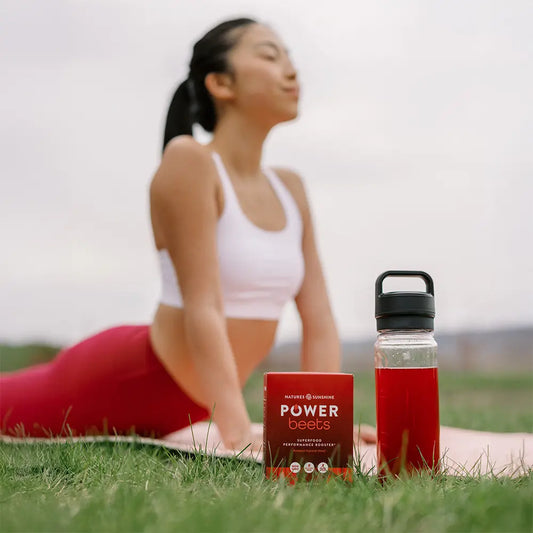The Meaning Behind Your Craving

We crave food that is not necessarily good for us, but often these cravings point to a deeper need for nourishment and to nutritional deficiencies.
Common Cravings
Carbohydrates – this craving may be a sign of chromium deficiency, fatigue, B vitamin deficiency, sugar imbalances or in more serious cases hypoglycaemia. Crackers, savoury biscuits, noodles, white breads and chips are some of the carbohydrate foods that are commonly craved. Instead of reaching for a refined carbohydrate, try and have complex carbohydrates like quinoa or amaranth (which are full of nutrients and particularly high in protein, keeping you full for longer). Eat meals high in fibre, as fibre is great for stabilising blood sugar levels. Eating more chromium and magnesium rich fruits and vegetables such as bananas, apples, apricots, capsicum, spinach, beetroot, avocado, broccoli, celery, silver beet and carrots will help overcome this craving. Also having protein with every meal will help stabilise the blood sugar levels, helping you feeling satisfied until your next meal.
Sugar – may also indicate blood sugar imbalances, vitamin and mineral deficiencies including B vitamins, chromium and magnesium. This craving can snowball into a vicious cycle which most people would know is very hard to break. Giving into biscuits, cakes, lollies, soft drinks or other refined sweets will only make the problem worse and cause a blood sugar roller coaster that leads to more cravings. The first plan of attack when having any craving is to think it through. If you have just eaten a balanced meal and you are not truly hungry, then drink water. If a glass of water does not dissipate the cravings, then eat a piece of fruit (the less sweet types such as citrus, apples, pears etc. are best) or sweet vegetable (like carrots or sweet potato). Supplementing with chromium and herbs such as Gymnema and Fenugreek will help reduce sugar cravings by supporting healthy blood glucose metabolism.
Salt – general cravings are always heightened when we are feeling stressed. Stress hormone fluctuations and low levels of electrolytes can increase cravings especially for salty snacks. As previously mentioned it is important to drink water before trying to satisfy any craving. Try adding electrolytes or Himalayan salt to your water or open a fresh young green coconut, which is naturally full of electrolytes. Replace your table salt with an unrefined, nutrient rich salt such as a pink salt - Himalayan pink salt, Peruvian pink salt and Australia’s Murray River pink salt are perhaps the three most popular varieties- and/or Grey Salt/Celtic salt varieties. Unrefined salt brings balance to the body and reduces cravings; because it provides what the body is truly craving- nutrients.

Fat – craving fried and other oily foods can indicate an essential fatty acid deficiency. Eating good quality fats will solve this craving in an instant. Try some olives, raw nuts, olive, flaxseed or macadamia oil dressing, chia seeds, an avocado or the flesh of a young green coconut. You may also want to add a good quality fish oil or omega 3 supplement to your daily routine.
Cheese – this craving can also indicate an essential fatty acid deficiency as above. If you are craving it, have some cheese, but eat it after you have had some other good fats, or add it to a salad mix amongst other good fats so you are not consuming large quantities.
Chocolate – we often crave it when we are tired, stressed or hormonal. A chocolate craving may indicate a need for magnesium, chromium, B-vitamins and/or essential fatty acids. Cacao is naturally high in these nutrients, so instead of reaching for the bad fat and sugar laden junk versions (which are very low in those nutrients), go for raw cacao products (make your own or buy a bar at a health food store) or at least dark chocolate versions (you will feel satisfied with less, and no guilt after).

Pica – cravings for non-food items such as ice, clay, dirt and chalk. This is more frequently seen in children and during periods of greater nutritional need such as pregnancy. This may indicate a mineral deficiency, especially iron deficiency. But be careful, indulging some pica cravings can be toxic and cause long term side effects, for example ingesting paint. Consume plenty of dark green leafy vegetables, legumes, nuts and seeds to reduce pica. It is also a good idea get your iron levels checked.


